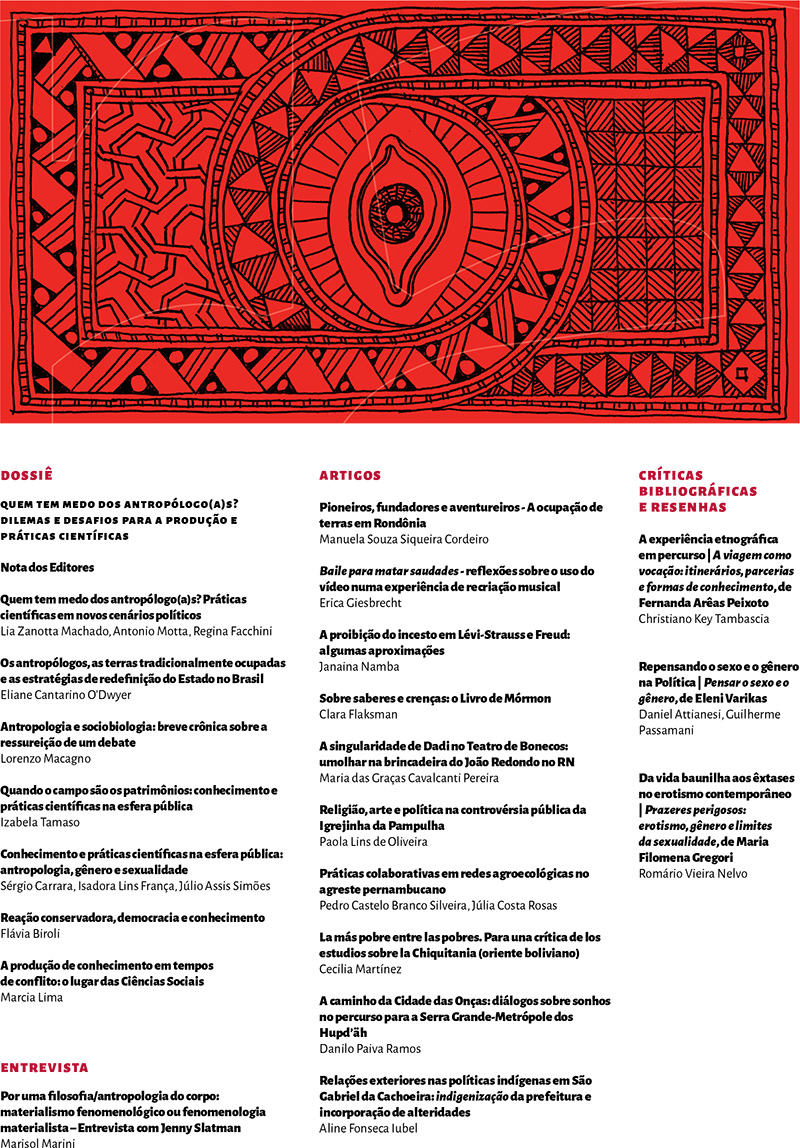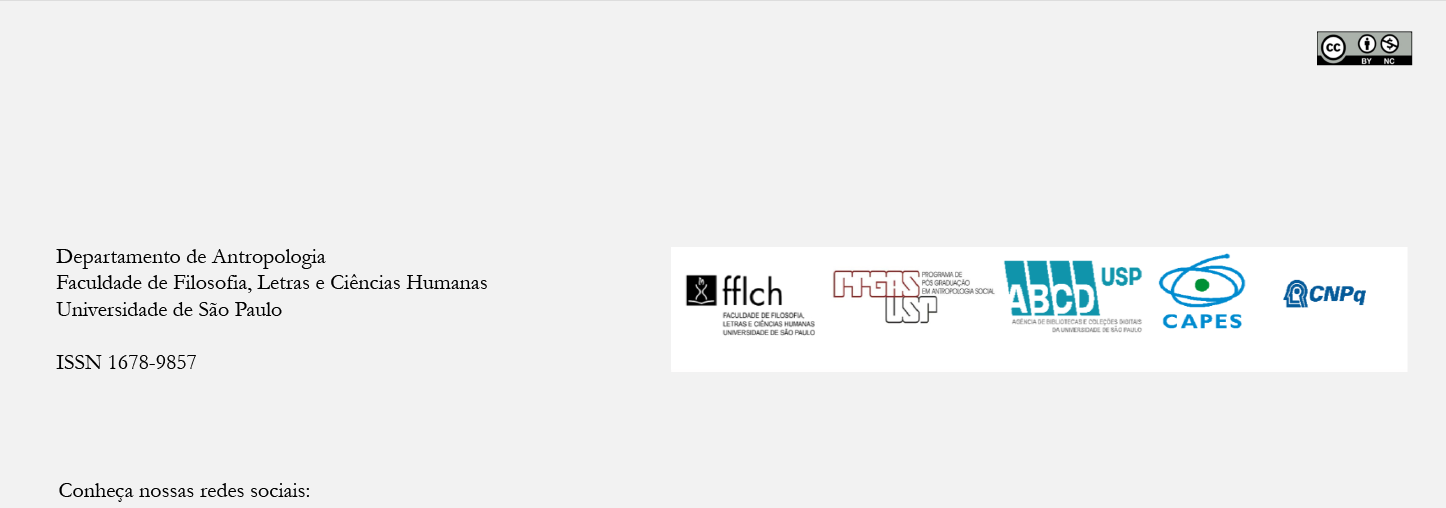Religião, arte e política na controvérsia pública da Igrejinha da Pampulha
DOI:
https://doi.org/10.11606/2179-0892.ra.2018.145525Palavras-chave:
Igrejinha da Pampulha, controvérsia pública, arte moderna, arte religiosa, arquitetura religiosaResumo
O artigo apresenta uma reflexão sobre os primeiros anos da biografia cultural da Igreja de São Francisco de Assis, situada no bairro da Pampulha, Belo Horizonte – MG. A Igrejinha da Pampulha se insere em um plano de modernização urbana idealizado no início dos anos de 1940 pelo então prefeito da capital mineira, Juscelino Kubitschek, que dá origem ao Conjunto Arquitetônico da Pampulha. Com projeto do arquiteto Oscar Niemeyer e programa decorativo encabeçado pelo artista plástico Cândido Portinari, a edificação é recusada pelas autoridades religiosas mineiras, estabelecendo uma controvérsia pública entre defensores e críticos de sua consagração religiosa. O interesse que ancora esta análise está no modo como a edificação fundamenta, condensa e estimula consórcios entre as dimensões religiosa, artística e também política, ao mesmo tempo em que seus idealizadores, críticos e defensores oscilam entre, de um lado, a sustentação de tais associações e, de outro, a aposta nas distinções entre as mesmas dimensões, tanto para defendê-las quanto para criticá-las. Trata-se portanto de um caso no qual está em jogo o tensionamento constante do paradigma moderno de separação e autonomia das instâncias religiosas, artísticas e políticas.Downloads
Downloads
Publicado
Edição
Seção
Licença
Autores que publicam na Revista de Antropologia concordam com os seguintes termos:
a) Autores mantém os direitos autorais e concedem à revista o direito de primeira publicação, com o trabalho simultaneamente licenciado sob a Licença Creative Commons Attribution que permite o compartilhamento do trabalho com reconhecimento da autoria e publicação inicial nesta revista.
b) Autores têm autorização para assumir contratos adicionais separadamente, para distribuição não-exclusiva da versão do trabalho publicada nesta revista (ex.: publicar em repositório institucional ou como capítulo de livro), com reconhecimento de autoria e publicação inicial nesta revista.
c) Autores têm permissão e são estimulados a publicar e distribuir seu trabalho online (ex.: em repositórios institucionais ou na sua página pessoal) após o processo editorial, já que isso pode gerar alterações produtivas, bem como aumentar o impacto e a citação do trabalho publicado (Veja O Efeito do Acesso Livre).




